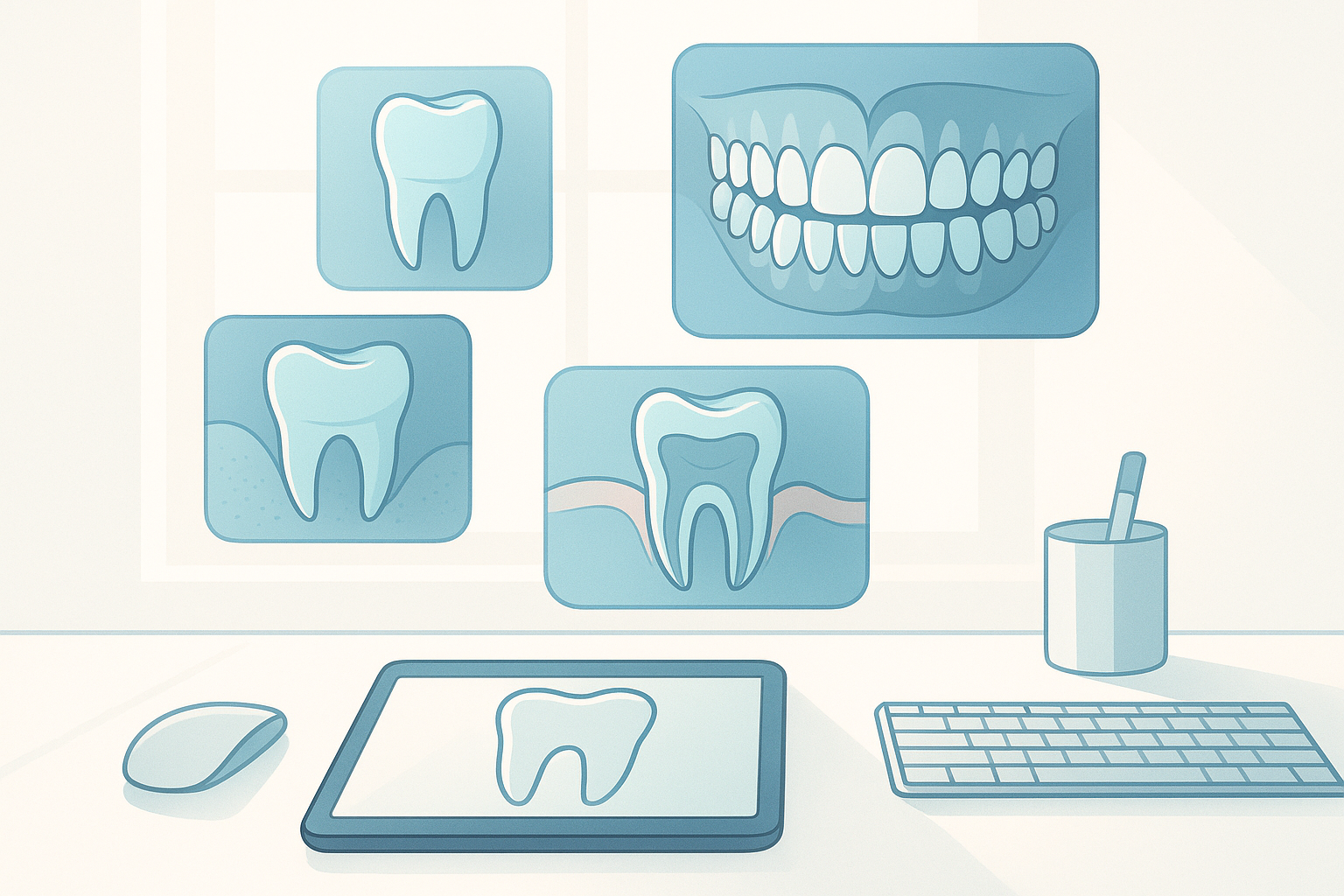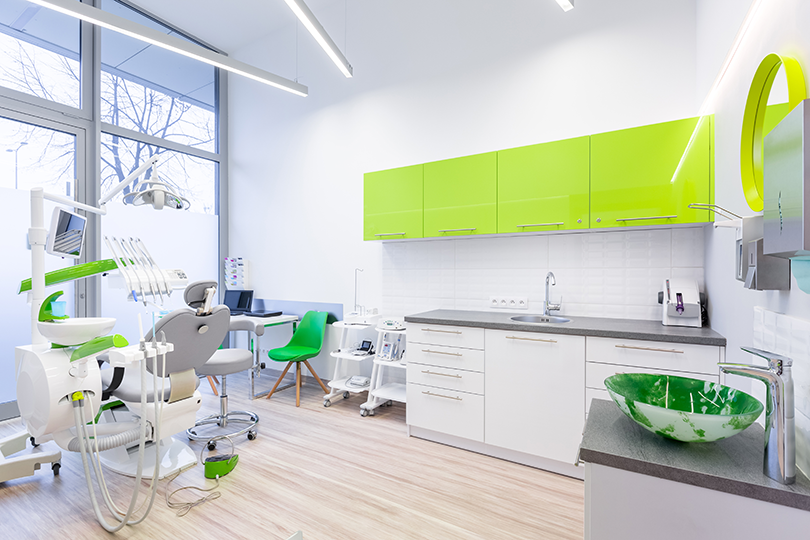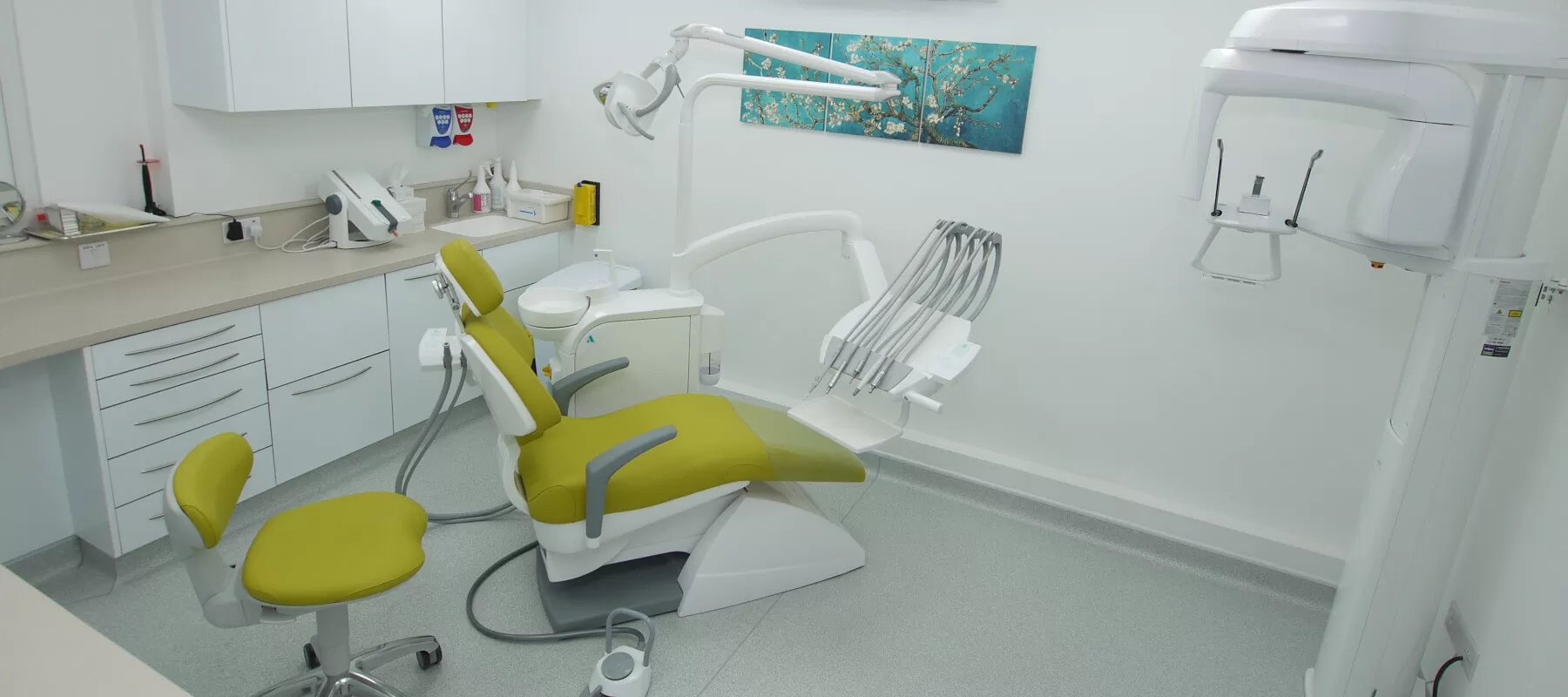Precision in Dental Tool Fabrication: The Foundation of Modern Dentistry
In the world of dentistry, precision is everything. From the shaping of restorations to the alignment of dental implants, the smallest deviations can affect a patient’s comfort, function, and long-term oral health. Behind the scenes, achieving such precision depends heavily on advanced fabrication methods and tools designed to maintain consistent accuracy. The development of high-quality dental instruments and prosthetics begins long before they reach the clinic—within the meticulous environment of dental laboratories.
The Importance of Precision in Dental Manufacturing
Dental manufacturing demands attention to microns rather than millimetres. Whether crafting crowns, bridges, or implant abutments, technicians rely on exact specifications to ensure a natural fit and flawless function. Precision manufacturing not only enhances comfort but also prolongs the lifespan of restorations, reducing the need for adjustments or replacements.
Furthermore, precise fabrication reduces material waste and production time. This translates into more sustainable and cost-effective operations—an increasingly vital consideration as dental practices move toward greener, more efficient models of care.
Technology as the Driving Force
Technological advances have revolutionised dental manufacturing. CAD/CAM (computer-aided design and manufacturing) systems now enable laboratories to create digital models of teeth and restorations, ensuring a higher level of accuracy than traditional manual methods. Digital workflows integrate scanning, design, and milling to produce consistent, patient-specific outcomes.
3D printing has also gained momentum, allowing technicians to fabricate models, guides, and temporary restorations with unprecedented speed. Combined with advanced milling and grinding equipment, these technologies have created a seamless bridge between digital design and physical product.
The Role of Material Science
The materials used in modern dentistry—such as zirconia, lithium disilicate, and composite resins—are chosen for their strength, biocompatibility, and aesthetics. However, working with these materials requires equally sophisticated manufacturing tools. For instance, zirconia’s hardness demands equipment that can grind or polish with extreme precision while maintaining the integrity of the material.
This is where advanced machining processes come into play. In particular, one essential piece of equipment used in shaping and refining metal-based components is the surface grinder. This machine allows technicians to achieve mirror-smooth finishes on metal tools and dental components, ensuring accuracy during procedures and longer tool life. The grinder’s precision helps maintain tight tolerances required for components like implant abutments or milling burs, reinforcing the critical link between industrial precision and clinical excellence.
Enhancing Longevity and Safety
Precision manufacturing directly contributes to patient safety and satisfaction. Well-crafted instruments and restorations reduce the likelihood of mechanical failure or discomfort. For example, an implant component that has been shaped with microscopic accuracy can better distribute bite forces, reducing wear and preventing bone stress.
Moreover, precise finishing reduces the risk of bacterial accumulation on rough surfaces. Polished restorations not only look better but also contribute to better oral hygiene by minimising plaque retention.
Bridging Clinical Practice and Engineering
Dentistry has evolved into a field that balances artistry, science, and engineering. The collaboration between dental technicians, engineers, and clinicians ensures that every tool and prosthetic meets rigorous quality standards. Dental laboratories now function much like precision engineering firms, employing advanced machinery, metrology equipment, and quality control systems.
Clinicians, on their part, increasingly depend on digital scans and lab communication to ensure every restoration aligns perfectly with the patient’s anatomy. This interdependence highlights the modern dental ecosystem—one that blends human expertise with technological precision.
Looking Ahead: Automation and Artificial Intelligence
As automation continues to transform manufacturing sectors, dentistry is embracing smart systems that enhance efficiency and consistency. AI-driven design software can predict optimal shapes for restorations, while robotic milling units can operate with minimal human intervention. These developments point to a future where precision becomes not just a goal but an integrated standard across all aspects of dental care.
The potential for improvement is immense—faster turnaround times, reduced human error, and more personalised solutions for patients. Yet, despite these advancements, human judgment and craftsmanship remain irreplaceable. Machines can create perfect shapes, but only dental professionals can interpret how those shapes serve function and aesthetics in real-world scenarios.
Conclusion
Precision manufacturing has become the silent partner of modern dentistry. Every restoration, implant, and instrument reflects the harmony between technology and human expertise. From digital design to finely ground finishes, the process defines the quality of care patients receive. As dental science continues to innovate, maintaining this commitment to precision will remain the cornerstone of excellence in oral healthcare.







Post Comment